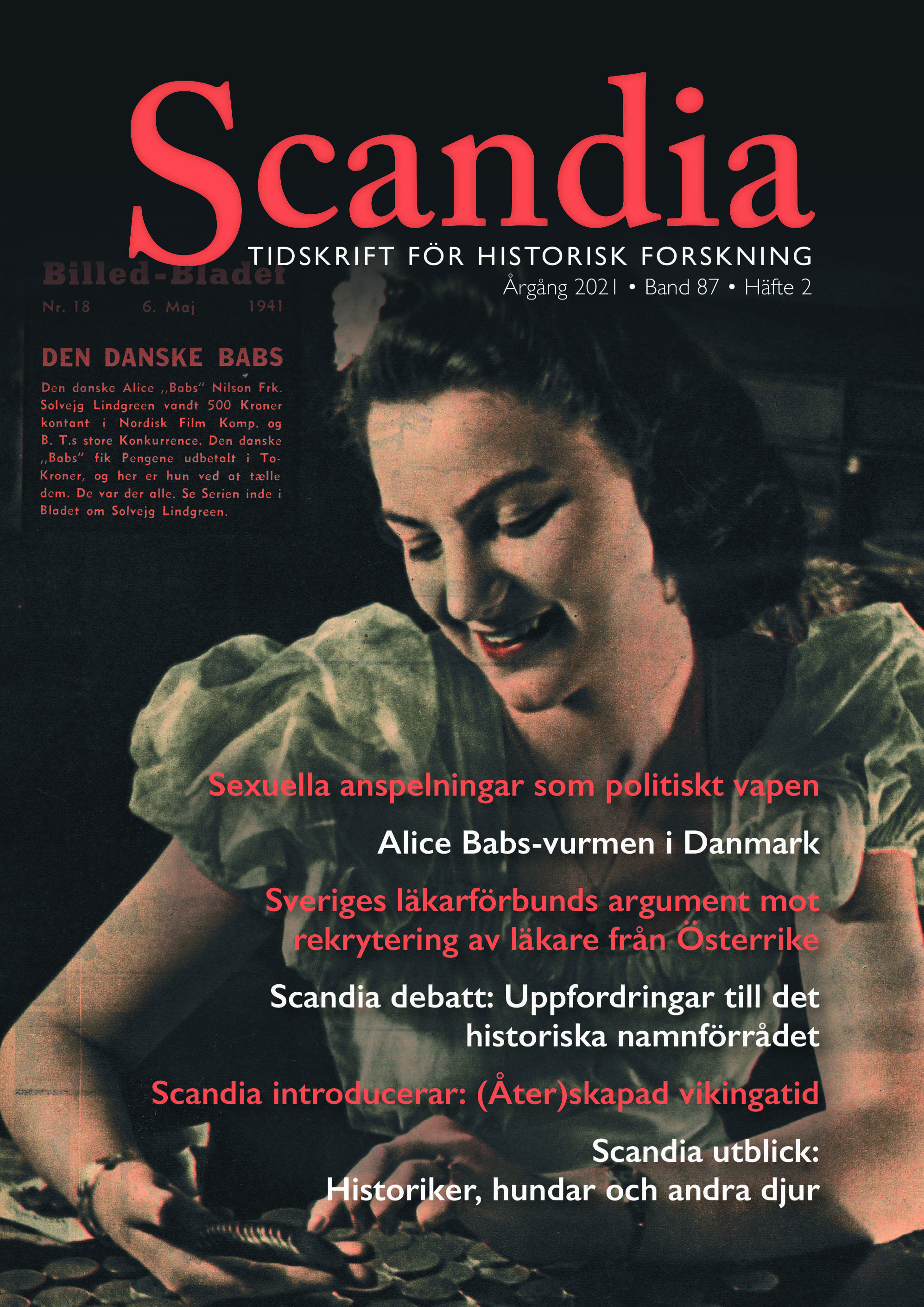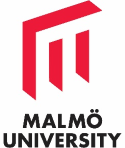Scandia introducerar: (Re-)Creation of the Viking Age
DOI:
https://doi.org/10.47868/scandia.v87i2.23701Keywords:
vikings, Viking Age, medievalism, mythopoesis, re-enactmentAbstract
The imagined ”Viking” can be found in contexts from the serious to the absurd. The concept has even become almost global in scope. In order to introduce this multifaceted phenomenon, this article presents research on and investigates the many ways in which the ”Viking” and the Viking Age have been interpreted and used from the 19th century to the present day. It presents the different definitions inherent in the concept of ”Viking”, from representing a warrior to referring to the inhabitants of Scandinavia who migrated to areas to the north, west, south and east. The article then delves into two growing international fields of research: medievalism studies and re-enactment studies. In doing so, the article discusses how the Viking and the Viking Age have been created and re-created throughout this period. It shows the links between the study of medievalism and how re-creating and activating the Viking Age fits into this area. Many different interest groups invoke the past in their efforts to justify actions or find answers to present-day circumstances. The Viking Age is no exception, and these groups include both extremists and those simply interested in history. The article also discusses the link between the Viking Age and the rise of the fantasy genre before exploring how re-enactment groups approach the Viking Age. This involves both re-creating objects (clothes, personal items, weapons, etc.) as well as re-enacting scenes from the past, such as battles or domestic tasks. Questions on the importance of authenticity are raised throughout the article, and connected to this aspect, the relationship between experimental archaeology and the re-creation of objects is addressed. Viking Age re-enactment officially organized by cultural heritage institutions or larger groups is presented, as well as a discussion of what exists at the grassroots level. The article also presents an overview of the challenges facing Viking re-enactment groups in terms of available sources, racism and sexism. The article concludes with a discussion on the positive impact of re-enactment and its place in the interpretation of the Viking Age.





